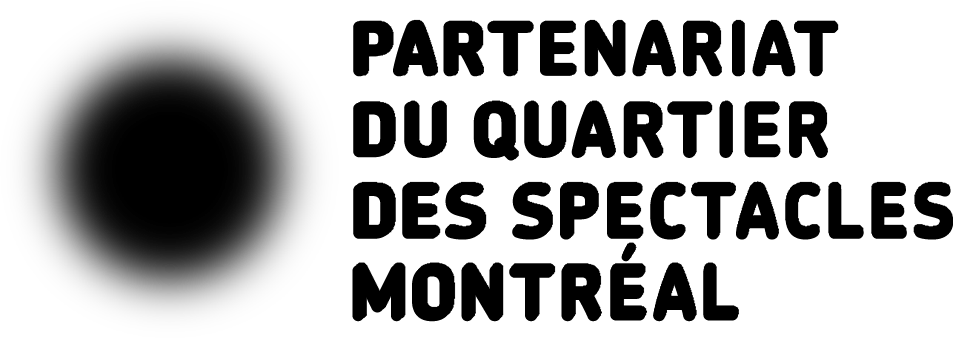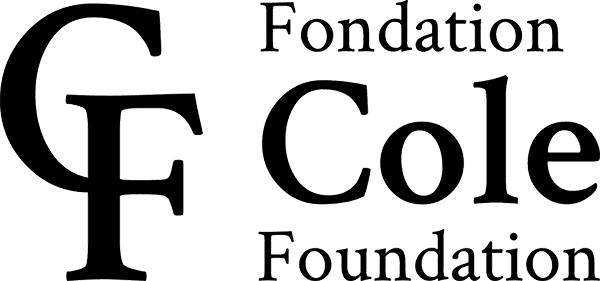Libya is part of a huge project relating to collective memory. What underlying questions drive your artistic work?
The research question that underlies Libya is about knowledge. I’m interested in the question of how knowledge is processed, produced, hierarchized, and classified in various ways. My previous series of works asked how knowledge of dance and of architecture could work together and create collaborative spaces. With Libya, I dive into the study of the Imazighen history by addressing the issue of Indigenous knowledge that’s been excluded from dominant narratives and the so-called “official” history of the Mediterranean region.
The Imazighen have contributed a lot to human history fields of all kinds: science, art, philosophy, handicrafts, inventions. This people are an important example of survival and also the preservation of cultural identity despite external threats. The history of the Imazighen has not been written or archived, or if it has, it was done by people from outside their communities. Our history is embodied in the minds, hearts, and bodies of these people who inhabit certain regions of North Africa. It’s perpetuated through stories, language, dance, and songs.
My exploration of knowledge is not so much about knowing it or representing it. Instead, I’m interested in the issue of epistemology and collaboration between different kinds of knowledge. It’s not anthropological or ethnological work. I see dance as an opportunity to engage our collective memory in creating a more inclusive future. I ask myself, how can dance put into physical form the Imazighen’s way of understanding history and passing on knowledge? How can we make history a collective activity—a genuine collaboration?
Among the Imazighen, knowledge is generally passed on by the women. How does this matriarchal perspective feed into your work?
I was indeed raised in an environment where my mother and maternal ancestors were the custodians of the home and various kinds of knowledge, like crafts, language, and history. To a large extent, they were responsible for cultural transmission, which takes place in a circular and organic way. My education and the matriarchal system at the root of my culture naturally influence how I compose and create.
I also work with powerful artists like Sondos Belhassen, who taught dance to some of us in Tunis. Since the transmission of knowledge is a central element of the work, it’s natural for her to be involved. Feminine knowledge is present on the conceptual level and also on the spiritual level—for example, in the three solos whose origin goes back to the myth of the goddess Neith.
It’s not an official narrative, but the most recent Amazigh studies show how the knowledge associated with this goddess travelled from southern Libya all the way to Athens. Each solo is a reappearance of this feminine epistemology and custodian of Amazigh culture: Tafukt with Athena (Greece), performed by Maïté Jeannolin; Ayur with Tanit (Carthage), performed by Sondos Belhassen; and Akal with Neith (Egypt), delivered by Dorothée Munyaneza.
You view the body as an important vector of knowledge. How do you work on bringing out the knowledge encoded in gestures, postures, and physical states?
My work always involves intellectual experimentation conducted in parallel with physical practice. The two aspects are inseparable. I never try to produce material at the start of developing a work. The idea is first to get together and collectively gather specific material through art, documents, the sharing of experiences, and discussion. I think that community itself is a form of knowledge and work, so we take a long time to build a communal story together.
Once that phase is finished, we share mutual understanding on multiple levels: physical, intellectual, spiritual, and emotional. I then start to give more detailed directions, but the idea is always to create choreographic material that’s natural for everyone and that emerges directly from the experience we have shared. I then start the process of composition.
Most of the team comes from North Africa, so we already have a historical and geographic connection. My position within the group shifts. Sometimes I’m the composer, other times I serve as a catalyst during a meeting, but most often, I’d say that I’m there for the performers—I work for them.










